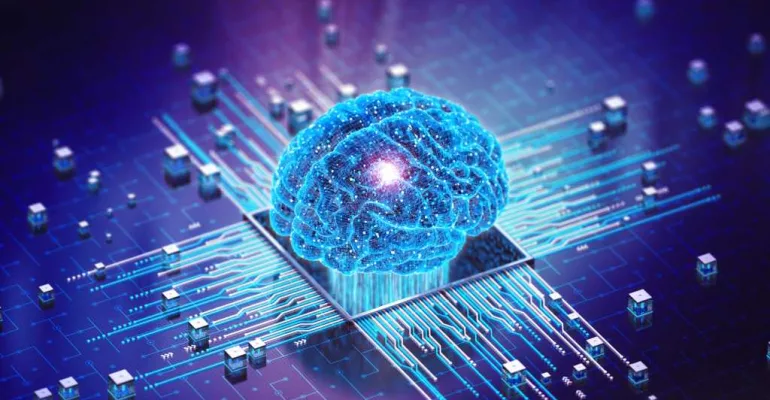Generative AI is making a profound impact on the field of architecture and urban planning, introducing innovative ways to design futuristic cityscapes and buildings. By leveraging complex algorithms and statistical models, Generative AI enables architects and urban planners to create more efficient, sustainable, and aesthetically pleasing designs.
Key Mathematical Concepts in Generative AI for Design
Probability Distributions:
Generative AI relies on understanding the probability distributions of different design elements to generate new, innovative structures that are both functional and visually appealing.
Neural Networks:
Deep learning and neural networks play a crucial role in processing vast amounts of design data, identifying patterns, and generating design alternatives that push the boundaries of creativity and functionality.
Loss Functions:
Loss functions help in measuring the effectiveness of generated designs, ensuring that they not only meet aesthetic standards but also adhere to structural integrity and sustainability requirements.
Generative Adversarial Networks (GANs) in Design
Generative Adversarial Networks (GANs) have found a unique application in architecture and urban planning, where two neural networks, the Generator and the Discriminator, work in tandem to create and evaluate designs. This results in an iterative process of improvement, leading to innovative and optimized design solutions.
Challenges and Limitations in Applying Generative AI to Design
While Generative AI holds immense potential in transforming architectural design, it is not without its challenges:
Data Quality:
The quality of the generated designs heavily depends on the quality of the data fed into the AI models. Ensuring access to comprehensive and accurate design data is crucial.
Complexity of Urban Environments:
Urban environments are incredibly complex, and capturing all the variables involved in city planning can be challenging. Generative AI models need to be sophisticated enough to handle this complexity.




